Apple Vision Pro: early thoughts on Apple’s ‘spatial computer’
Despite Apple’s protestation that this is a consumer device, something this expensive simply can't have mass adoption. Can it?
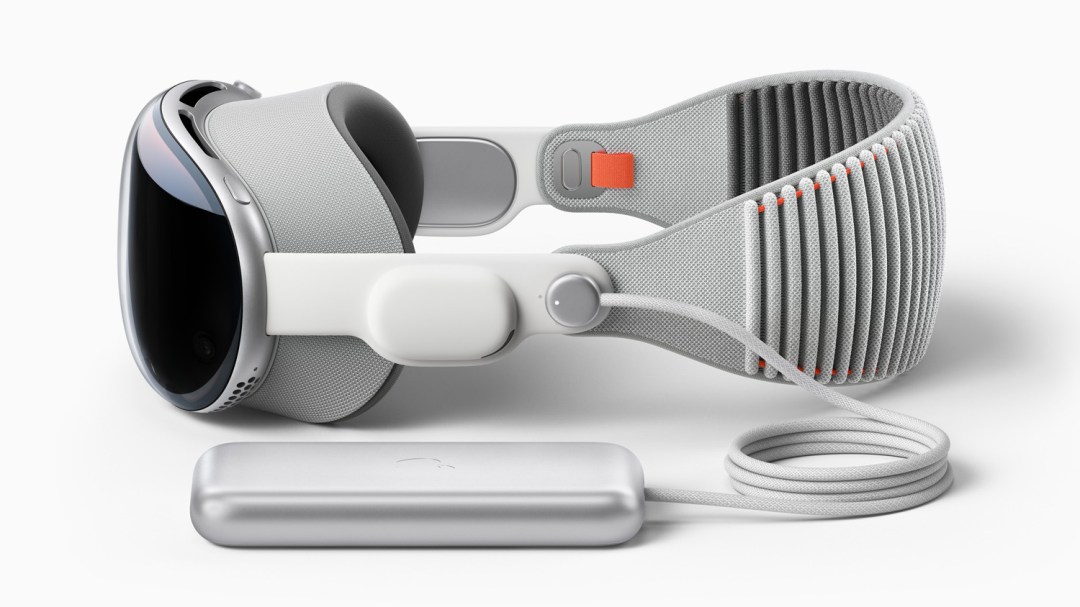
Apple’s Vision Pro headset is a huge gamble. Of course, Apple can afford it, but it’s a huge bet. There’s little doubt that it’s a huge step forward for mixed reality though.
Others like Google and Microsoft have dabbled at great cost, but Apple is going all-in here. That isn’t unusual. The parallel with certain past Apple products is clear. Bringing expensive outliers to the mainstream is what it has done for much of the 21st century.
We will need to wait until the second or third version for Vision Pro to be a proper consumer product. Despite Apple’s protestation that this is a consumer device, something this expensive simply can’t have mass adoption. Of course there will be excitement and there will be early adopters – even at $3499. But if anybody says having a waist-mounted battery pack with a cable trailing down your back is convenient or desirable then they’re lying.
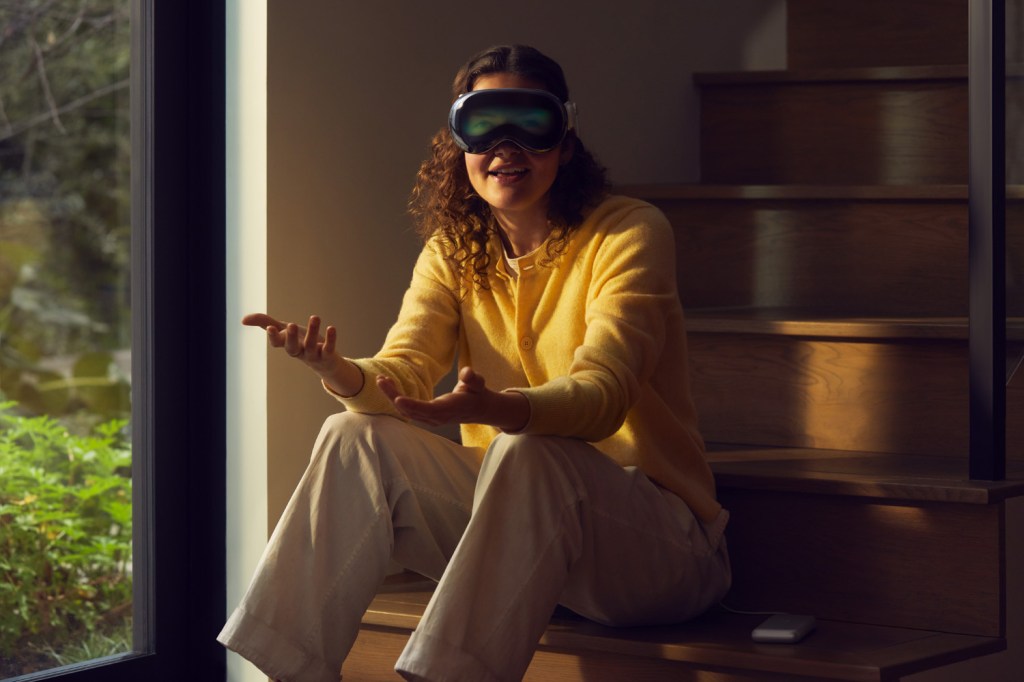
Facing the same old problems
Vision Pro doesn’t dispense with the key problems that any VR/AR/MR headset has. Primarily, the fact you’ve got to have it on your face for a decent period of time.
While Apple has clearly tried to maximise comfort here, people wearing this headset for long periods will be in the minority. The future is surely a more spectacle-type solution (if this is ‘Pro’ surely there is a non-Pro version coming at some point).




Vision Pro seems fairly lightweight compared to other headsets because of the battery pack. But Apple hasn’t revealed a precise weight at present. And that is rather telling. It’s also worth noting that the stretchy headband has been picked out as being very comfortable, but the mask part still presses against your face as headsets tend to do.
One thing Apple has tried to fix with the Vision Pro is the feeling that when you have the headset on you are isolated from whatever else is going on in the room. The EyeSight transparency tech is clever and makes the thing less odd. But it will still feel like you’re separated from other people, like Dyson Zone. For conversations, surely you’d still just take it off. Watching events through a headset feels like it’s not really experiencing them, like people who attend concerts yet relentlessly watch them through their phones as they record them.
Being within Vision Pro is also a very individual experience. And that feels a little sad and rather inhuman. The idea of a bunch of people using them in an office is dystopian. Watching content is fine, but most of us want to watch stuff with other people (you can, of course, use SharePlay).

Impressive capabilities
But those category-type concerns aside, the Vision Pro is clearly an incredibly capable device. As you’d expect, it seems easy to set up too. Simply map your face and ‘show it’ your ears using your iPhone to set up the eye tracking and spatial audio. Then there’s some eye-tracking initiation.
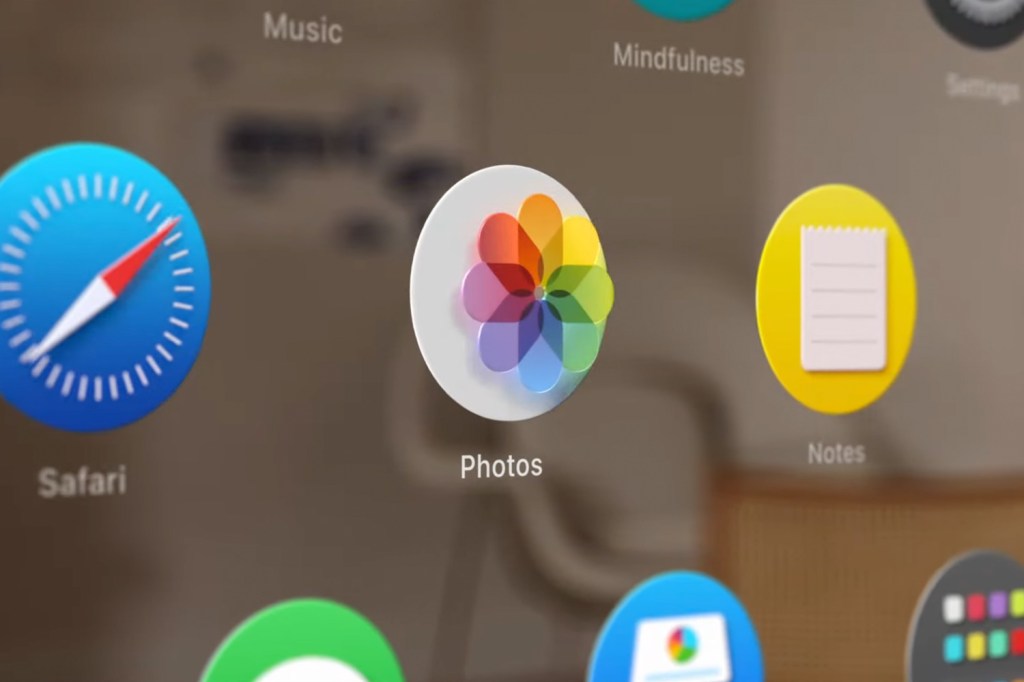
The interface seems a revolution in terms of interactivity. Eye tracking has been done before, of course, but the lack of controllers is quite something. Apple has a deep history in terms of engaging developers and the reveal was all about bringing them on board. It needs killer apps to make Vision a success. The gestures seem remarkably simple; it’s crazy that you don’t even have to hold your hand up in front of you. A pinch selects things while sliding your fingers moves things in different directions. There seems to be relatively little learning involved. Game changing.
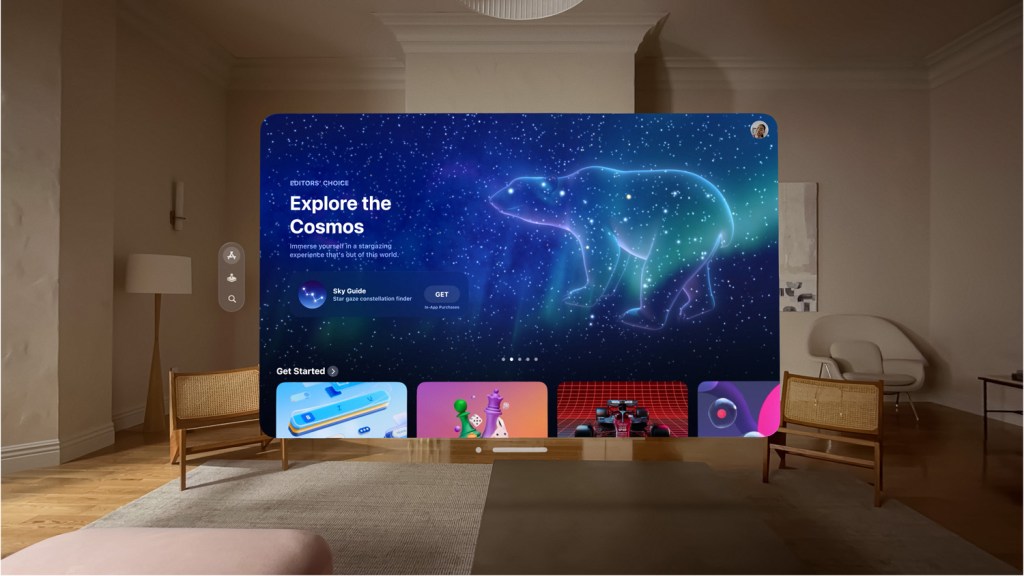
The Mac integration is also pretty compelling. That will surely be the way that many people bring it into their lives; an extension to a ‘normal’ computing experience. One big question is around Siri; voice integration is crucial here. But Siri remains a poor experience on Apple’s other devices, can it be a key part of Vision Pro?
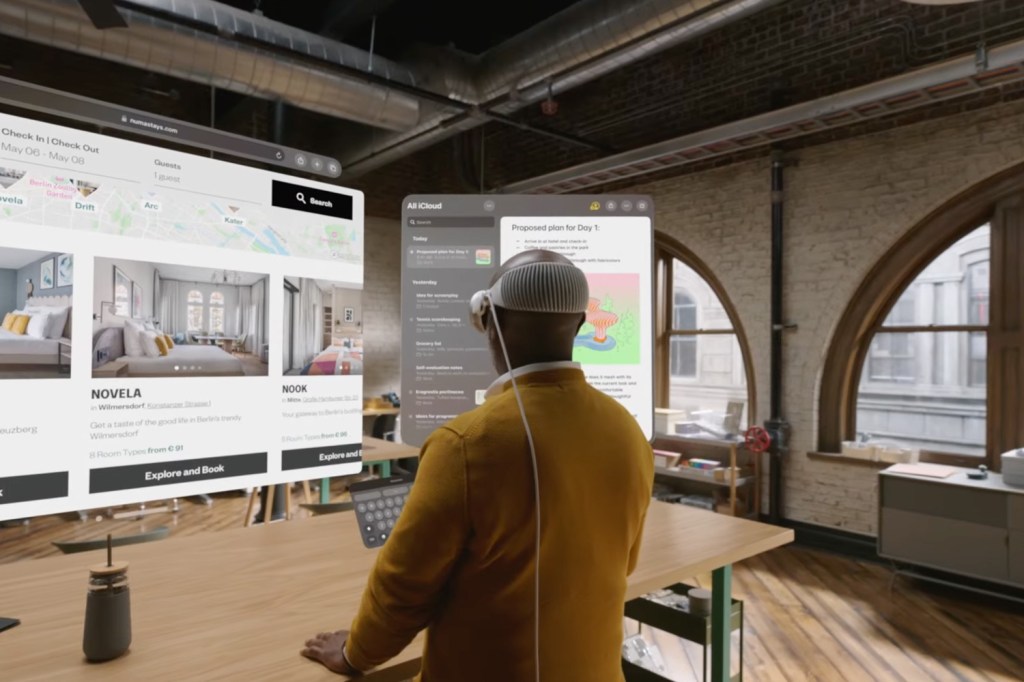
It’s key to the concept of Vision Pro that it centres around things you can do already using other devices. The message at present is that the headset’s experiences enhance what you do in apps you use every day. Apple also doesn’t pretend you can stay fully immersed all the time.
Perhaps the key question should be – what problem does Vision Pro solve? While the tempting answer is to say ‘none’, many also thought the same about smartwatches a decade ago. And if anyone can change that mindset, it’s Apple.



